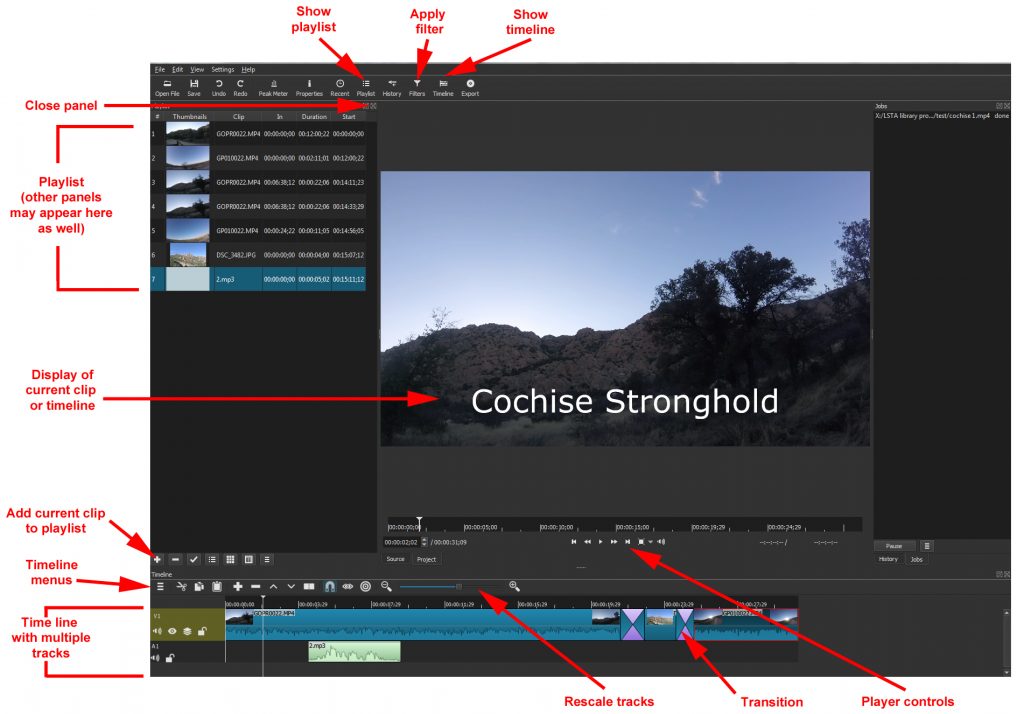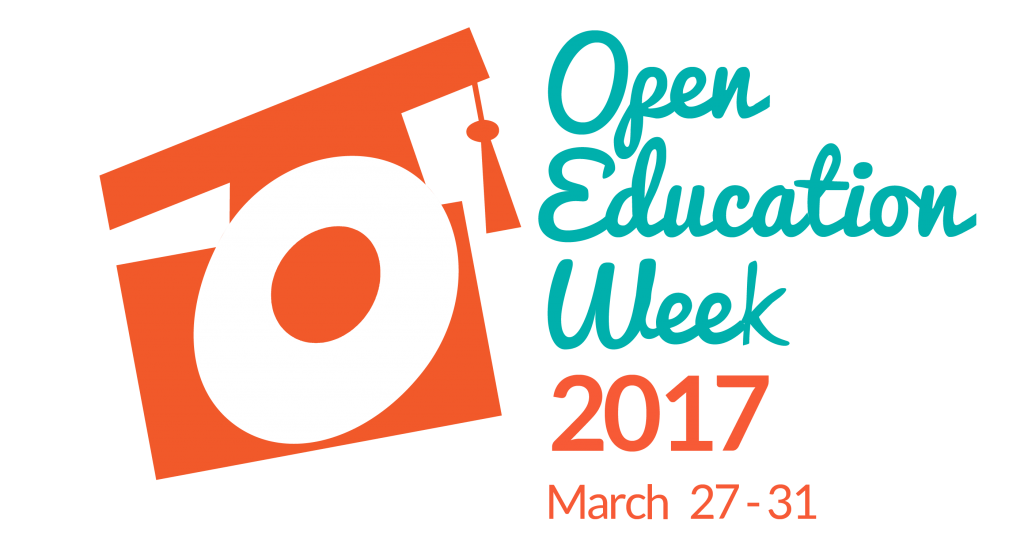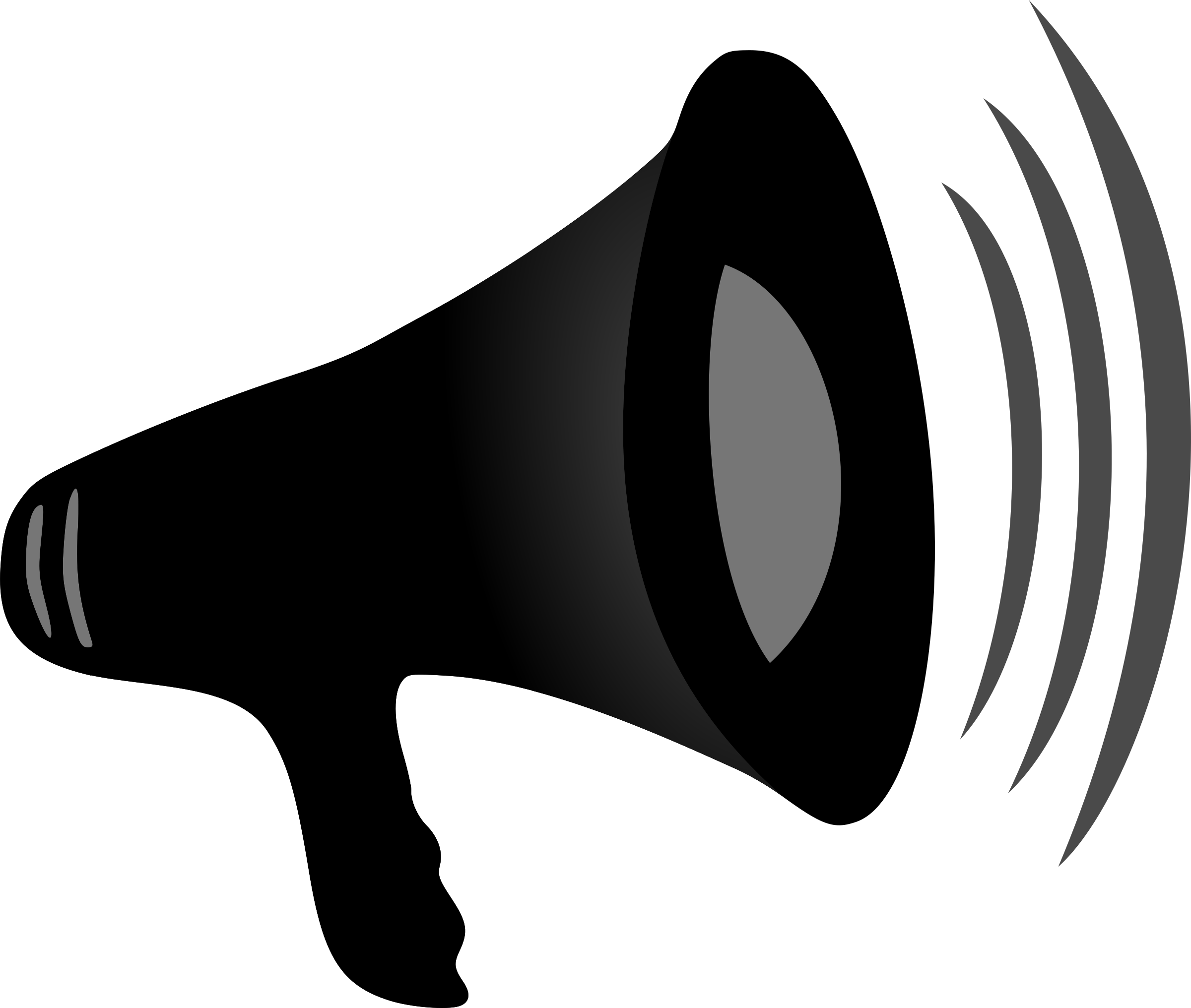I think attributing borrowed work is important, and I see a lot of remixes that don’t include attributions to the borrowed work. Instead they attribute only the remixer/compiler.
Best practices for attribution require that “when you are using a work that is an adaptation of one or more pre-existing works, you may need to give credit to the creator(s) of the pre-existing work(s), in addition to giving credit to the creator of the adaptation.” (Creative Commons).
So for example, for a photo that includes other (open licensed) photos from someone other than the creator of the adaptation, the attribution could read:
“Photo by Karen Fasimpaur, © 2016, licensed under CC BY 4.0; includes picture of apple by Alan Levine, licensed CC BY 4.0 and illustration of the moon by Brad Emerson, licensed CC BY 3.0″
Here’s another example (see Source section).
This gets more complicated with all the web sites that produce images for you (e.g. memes, quotes) like the one created with recite.com:

Image credit: Created by Karen LaBonte with recite.com
In this case, I know who wrote the words and compiled the image on recite.com (Karen LaBonte), but I don’t know where the typewriter image came from. Most likely though, this composite image cannot be open licensed unless it can be determined that the components are themselves open licensed. While this can sometimes be sussed out from the creating web site, often it can’t. (Recite.com for example doesn’t appear to have any info on the licensing terms or even terms of use. The site is marked “Copyright 2015 Recite.com | All rights reserved.” but this doesn’t tell us much. Obviously it is designed to create images that are meant to be reshared, but there is no supporting license for this. As is often the case, the creators probably didn’t think of it. In other cases, the licenses seem to run counter of the intent, most likely because of overzealous lawyers.)
The credit I included above was the best I could come up with. No Creative Commons license on the composite image.
This may seem like a lot of nuance for most people, but the salient points are: 1) you should include attributions for all the works that made up the final piece and 2) you can’t open license something that contains borrowed work that isn’t open licensed.



 This year, I’m convening a strand on Student Voices for the
This year, I’m convening a strand on Student Voices for the